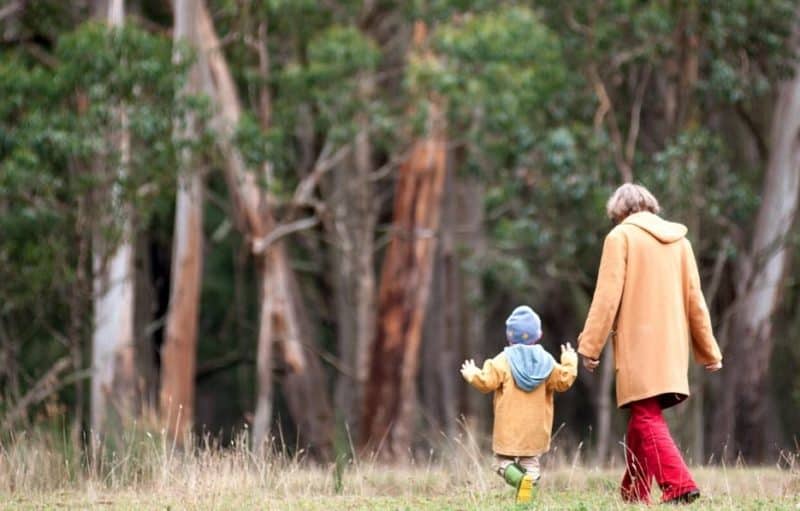MEDIA RELEASE 11 December 2019 |
Feral deer should be urgently listed as a pest as part of a state-wide deer control plan. Victoria is the now the only mainland state that hasn’t listed deer as a pest animal, even though the state has the largest deer population (over a million and growing), and suffers the greatest impacts.
The Victorian National Parks Association says it is time to bring this animal under control.
“Deer are, inexplicably, still a protected game species under Victoria’s Wildlife Act, which means they are protected so hunters can hunt them, not actually controlled like other pest animals,” says the association’s Phil Ingamells.
“More than a million deer are chewing up well over a million tonnes of native vegetation each year in Victoria, swallowing native mosses, ferns, grasses, shrubs, bark, and leaves. They also ringbark trees and trash wetlands.
Critically, while deer numbers are expanding and increasing their impact on habitats from the coast to the high country, many of our native animal species, which rely on those habitats, are in decline or actually threatened.”
“Deer also ravage orchards, vineyards, farms, and gardens, and they’re an increasing problem on our roads. That adds up to a growing social and economic impact across the state” says Mr Ingamells.
The Victorian Government’s deer management strategy got off to a bad start. It was originally framed as a ‘Sustainable Hunting Strategy’, aiming to maintain the recreational hunting experience into the future, even though hunting is about the only thing that isn’t threatened.
A draft Deer Management Strategy was released for public comment over 12 months ago (in September 2018) but made no assessment of the considerable economic impact on agriculture, downplayed the enormous environmental impacts on national parks and the broader environment and made little mention of growing road safety issues. Critically, it aimed at ‘containment’, rather than significantly reducing deer numbers.
“We know the community wants strong action on deer,” said Mr Ingamells, “in May this year, for example, around 100 Landcare groups across the state, winegrowers and environmental scientists sent an impassioned public plea to the two ministers involved, asking for an ‘integrated, large-scale, adequately-resourced program’ to manage this out-of-control feral animal”.
“Both the agricultural and environmental sectors will mutually benefit from a strategy that brings this very large and very problematic pest animal under control. But while we wait for effective action our most valuable natural areas, from Gippsland‘s rainforests to alpine wetlands, from coastal woodlands to the Grampians, are being seriously trashed.”
It’s now over a year since Victoria’s draft deer management strategy was released, but there is still no final plan.
“It’s time this problem was squarely faced, and the rampant abundance of this highly destructive feral animal was brought under control,” says Mr Ingamells.
